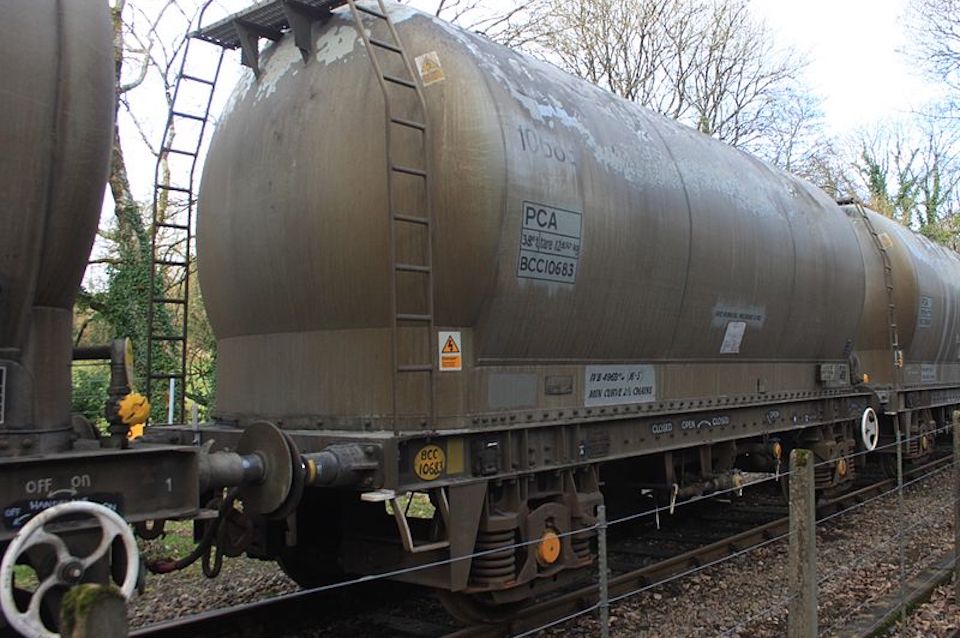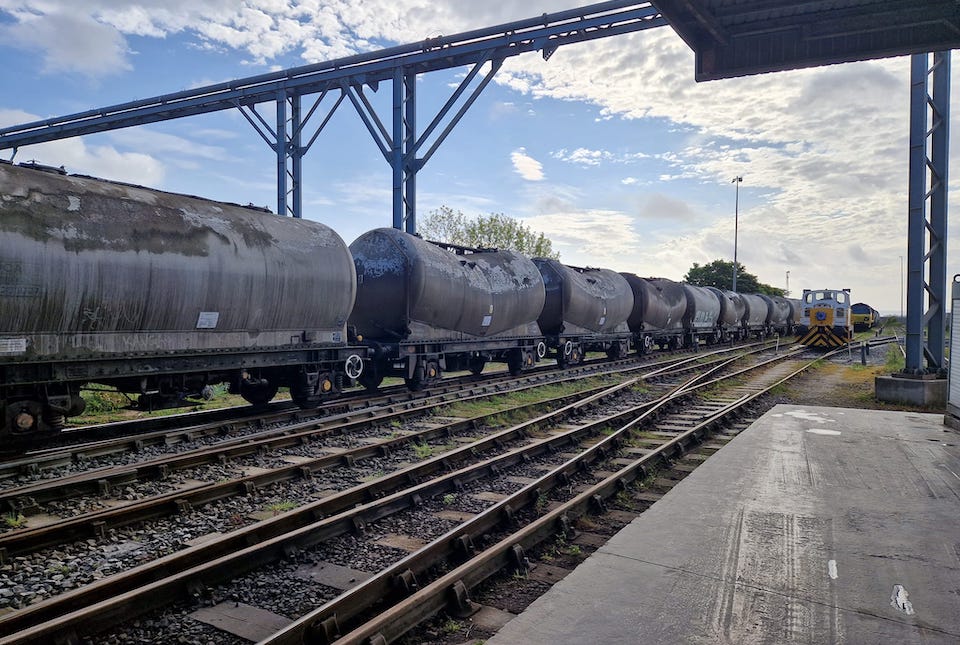Tarmac UK says it’s the end of the line for a familiar wagon design

Seen almost everywhere on the British network, the ‘vee’ shape of the universal cement hopper wagon may soon be consigned to history, heritage railways demonstrations and model layouts around the country. The familiar PCA wagon is on its way to the scrapheap as operators modernise their fleets and consign this design to the history books.
It may not be off the rails just yet, but the signals are certainly at amber for the PCA. Earlier this month, aggregates conglomerate and rail customer Tarmac sent their last rake of the workhorse wagons on their final journey from their Oxwellmains works in Scotland to a breakers yard in Liverpool.
Venerable design
The pressure-discharge wagon – typically a short wheelbase with an inverted ‘vee’ shape – is a venerable design. Primarily built in the 1970s at engineering works of what was then British Rail Engineering Limited (BREL), the design has seen plenty of operational deployment around the network.

Despite being well into their fifth decade, the wagons are still frequently seen. Most commonly deployed to convey dry cement powder, they have been used for all kinds of dry chemical and powdered industrial loads.
Modernisation of railway assets
At one time, the design was synonymous with the Blue Circle Industries – a well remembered British manufacturer which, in part thanks to its distinctively liveried rolling stock, is still a part of British folklore over two decades since becoming defunct as a brand.

Tarmac industries, the broad-spectrum aggregates company, which is also among the biggest customers of rail freight in the UK, has just disposed of its final rake of the wagons from its Oxwellmains depot, east of Edinburgh. Freightliner moved the wagons as part of the carrier’s renewed contract with Tarmac. It’s very much a case of upgrading to more modern designs and an indication of the company’s continued path towards greater use of its railway assets.
You just read one of our premium articles free of charge
Want full access? Take advantage of our exclusive offer




